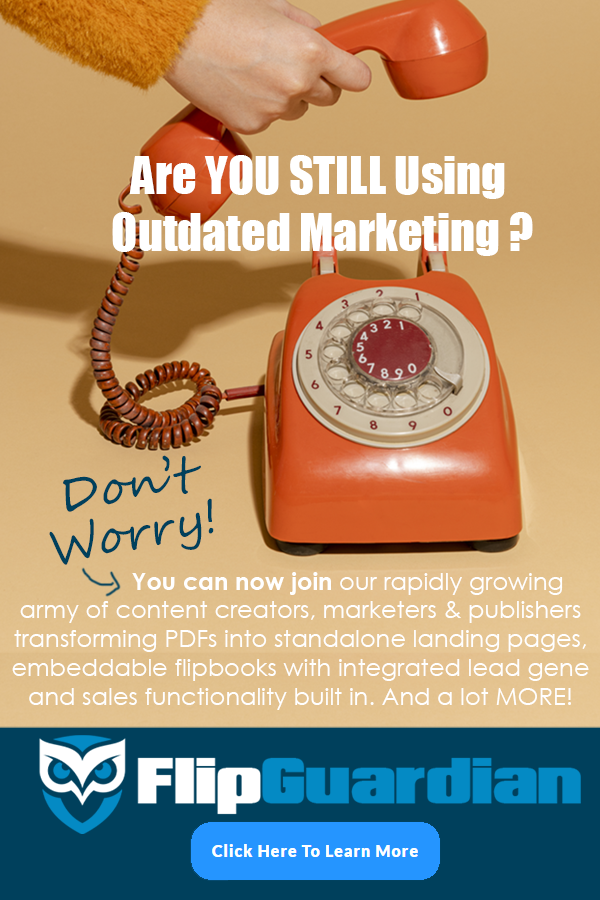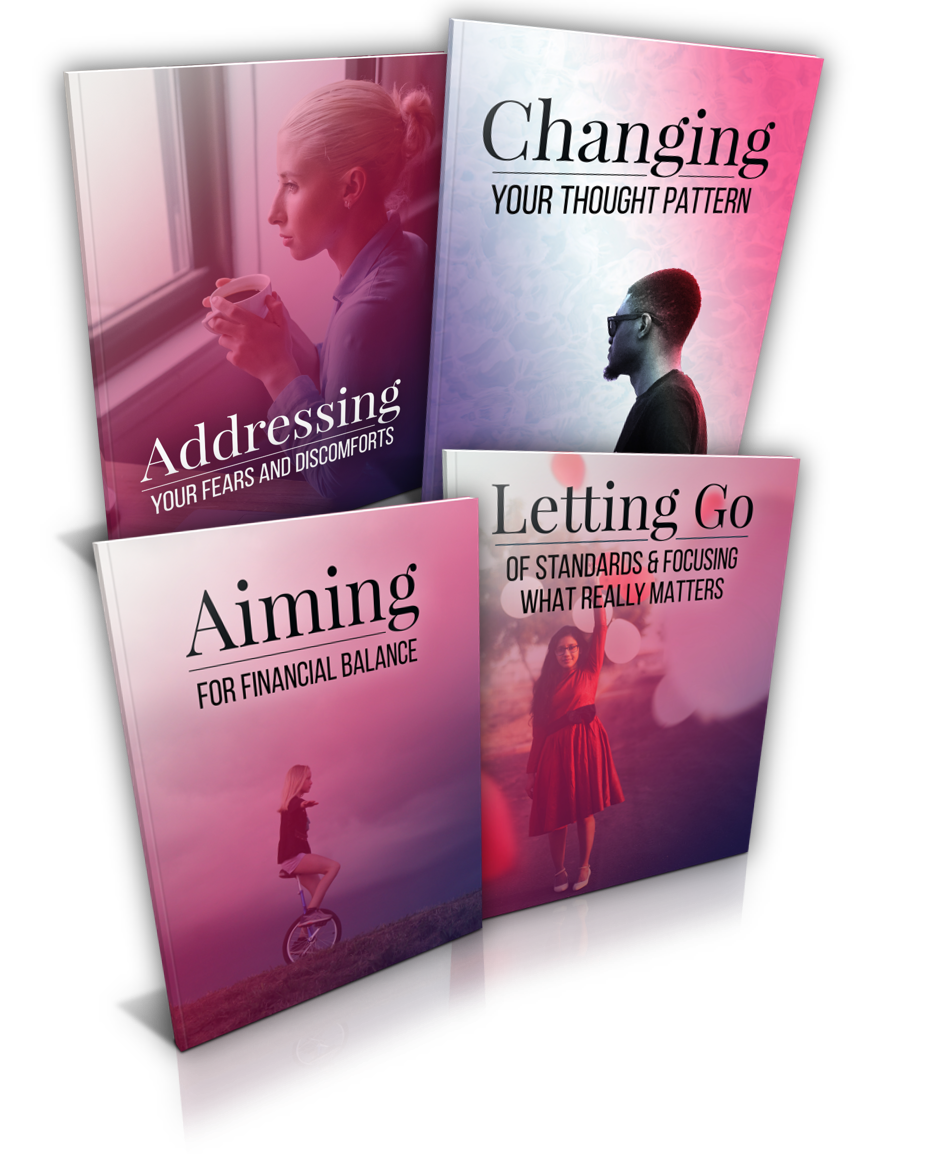The strength of any structure lies in its foundation. When it comes to Facebook marketing, it lies in the setup of your campaigns. A strong, proper setup will result in better success.
Let’s talk about the five components of a Facebook campaign you need to set up properly to ensure your success with Facebook ads.
Targeting: Talking to the right people
Targeting is the most important aspect of Facebook ads. Outbound marketing has been proven ineffective nowadays. Instead of casting a wide net, you need to know where to cast your narrow, targeted net to make your marketing precise.
Reaching out to a larger audience — casting a wider net — can produce faster results indeed. But it’s more expensive, and the yields will be less than satisfactory.
On the other hand, targeting a specific audience — casting a narrower net — takes a lot of time. But it’s cheaper, and you’ll get your desired variety and quantity of customers.
And just like fishing spots, your target audience will also be always changing. To ensure proper targeting in your campaigns, you have to constantly tweak and optimize your target audience.
To help you understand who your ideal prospects are, always do your research and engage in social listening. Listen and observe to see who your audience is so you can market to the right people.
Headlines: Avoid “baiting” your audience
Sensational headlines have been the bane of marketing since the printing press was invented. Yes, curiosity is a strong factor in what makes people click. But a Facebook campaign isn’t just about clicks. It’s about building a community and making conversions.
The best way to derail such community building is to employ clickbait headlines. I’m sure you’ve come across those on your Facebook timeline. Those vague, emotion-inducing headlines that immediately disappoint you once you click on one. Your audience deserves better.
Use transparent, easy-to-understand headlines catering to the specific people you are targeting. Again, having the right target audience is your first step. Using the right, relevant headlines is your second step. Both need to be set up properly.
Otherwise, even if you don’t regard your headline as clickbait, it can be misconstrued as such if it’s sent to the wrong audience.
Copy: Always have multiple iterations
The term copy can be misleading. It can imply that if you have one marketing message, you can just copy it, send it to multiple people and see what happens.
In reality, it means you have to have different copies of your marketing material. Always test them to see which copy works on which set of people.
And yes, even your already specific niche of people can be subdivided into further subsets. Those subsets will need to be targeted with unique copy. You will need to test and tailor that copy to that specific audience. Make sure you have different iterations of your ad copy to cater to the different segments of your audience.
Remember, your ad copy is an extension of your headline. Its main purpose is to grab people’s attention. Make it interesting without making it sound like clickbait.
Visual components: Make them stay
Your Facebook campaign has only two types of visual components: images or video. If you want to have a successful campaign, you have to have video.
First, videos are cheaper in terms of cost per lead than images. They’re also more effective at engagement. They get more likes and shares, people stay watching them for longer and they provide more information to the viewers.
Second, video production isn’t that expensive anymore. Just use your iPhone to record, turn on your lights and talk away.
Consumers even prefer the authenticity of self-produced, shot-on-phone videos to full-production setups. They are more relatable and easier to create.
Call to action: Tell them what to do next
Without a call to action, your Facebook campaign will be ineffective. Again, the point of your Facebook campaign is to build a community and convert a good portion of that community into your customers. You can build a community with the four components described above, but you can’t make them convert without a call to action.
Let’s say you’ve targeted your customer with your headline, copy and video. Now, they’re thinking “Okay. You got me. I’m interested. What’s next?” Next, you should be telling them, “Well, what are you waiting for? Buy now!”
Your call to action has to be strong. Otherwise, it won’t be effective. It’s like performing a nice combo in boxing but never delivering a knock-out punch.
And if you think your call to action isn’t strong because it’s short, make it longer.
Calls to action aren’t limited to the buttons. They can also be part of your copy, like a guarantee. “Buy one now. And if it’s not effective, you can send it back for free!” Such a strong call to action will help dissipate the prospect’s doubts, resulting in their conversion into a buying customer.
Don’t stop setting up
Even once you have all your campaign’s components working well, your work is not done. This is not a “set it and forget it” process. It’s a “rinse and repeat” process.
The common misconception about a setup is that it’s done only at the beginning of your campaign. While it’s technically true and you can use techniques to streamline this part of the process, you do need to have multiple campaigns to be successful.
Even if you have only one campaign for now, you’ll notice that after a couple of months, your campaign will plateau and eventually go downhill. That’s when you have to start the process all over again, starting with your setup.
Now that you know the basics of setting up your Facebook ad campaigns, you can tweak each component, adapt to the trends and optimize the campaigns to get the best results from your Facebook ads.








